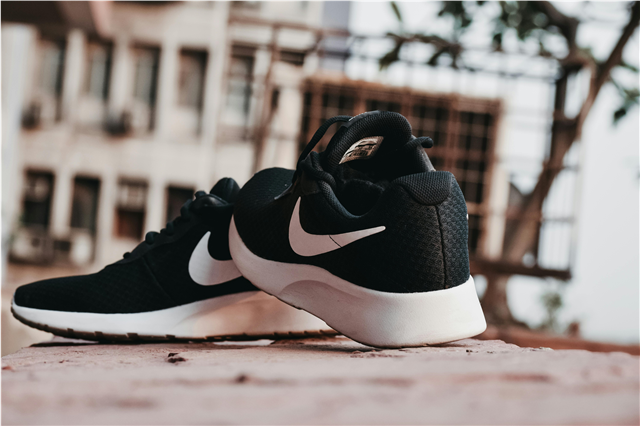
How is a badminton racket used for playing badminton and practicing serves?
Badminton is one of the world's most popular racquet sports, but did you know that the way you hold and use your racket can make or break your game? With over 300 million players worldwide, understanding proper racket technique is crucial for both beginners and seasoned players looking to improve their performance.
The Foundation: Proper Racket Grip
The Universal Grip Secret The first key to mastering badminton lies in your grip. Unlike tennis, badminton uses a specialized grip called the "universal grip" or "bevel grip." Hold the racket as if you're shaking hands with the handle, with your thumb and index finger forming a "V" shape. This grip allows for 360-degree rotation and quick adjustments during play.
Interesting fact: Professional players can switch between forehand and backhand grips in milliseconds - faster than the blink of an eye!
Playing Techniques: More Than Just Swinging
The Forehand Mastery
Your forehand is your power stroke. Position yourself with feet shoulder-width apart, rotate your waist, and follow through across your body. The sweet spot of a badminton racket is smaller than you might think - roughly the size of a tennis ball - making precision more important than power.
Pro tip: The shuttlecock is among the lightest objects hit in sports, weighing only 4.74-5.50 grams. This means racket control matters more than brute force.
The Backhand Breakthrough
Many beginners struggle with backhand shots, but mastering this technique can be game-changing. Keep your elbow high, wrist firm, and rotate from your core rather than just your arm. The modern badminton racket's lightweight carbon fiber construction (typically 80-100 grams) makes these quick adjustments much easier.
Serving Like a Pro: The Racket Advantage
The Low Serve Revolution
Modern badminton has largely moved away from high serves to low serves, which keep opponents on their toes. To execute a perfect low serve:
- Hold the racket at the throat (the wide part of the frame)
- Use a continental grip
- Keep your motion short and controlled
- Aim for the front service line
Amazing fact: The fastest recorded badminton serve reached 264.4 km/h (164.3 mph) by Mads Pieler Kolding in 2017 - that's faster than many car speeds!
Flick Serve Finesse
The flick serve can be a powerful weapon when disguised properly. Hold your racket normally, start with what looks like a low serve motion, then suddenly flick upward. This deceptive technique can catch opponents off-guard, especially at the net.
Racket Selection: Your Game's Best Friend
Choosing the right racket is as important as knowing how to use it. Here's what to consider:
- Weight: Lighter rackets (80-85g) offer more control; heavier ones (85-100g) provide more power
- Balance: Head-light rackets suit defensive players; head-heavy rackets favor aggressive players
- String tension: Lower tension (18-22 lbs) provides more power; higher tension (22-30 lbs) offers better control
Fun fact: Badminton rackets have evolved dramatically from the original wooden versions. Modern carbon fiber rackets are 300% more efficient than their wooden predecessors.
Practice Drills for Racket Mastery
Wall Practice Wonder
Stand 2-3 feet from a wall and practice your forehand and backhand shots. This builds muscle memory and improves timing without needing a partner.
Serve Circles Success
Place targets in a circle around the service area and aim to land serves in each target. This develops accuracy and consistency crucial for competitive play.
Shadow Swing Supremacy
Practice your swing patterns without a shuttlecock. This helps perfect timing, footwork, and racket positioning while building endurance.
Advanced Racket Techniques
The Slicing Secret
Learn to slice the shuttlecock with your racket strings for deceptive shots. A well-executed slice can make the shuttlecock dip suddenly or change direction mid-flight, confusing opponents.
Wrist Action Wonder
The wrist is your secret weapon in badminton. Professional players generate up to 70% of their shot power from wrist action rather than arm strength. Practice quick wrist snaps for precise drop shots and powerful smashes.
Equipment Care: Keeping Your Racket Game-Ready
A well-maintained racket performs better and lasts longer:
- String care: Replace strings every 3-6 months or when they lose tension
- Frame protection: Use a racket cover and avoid extreme temperatures
- Grip replacement: Change overgrips monthly for optimal comfort and control
Surprising stat: A quality badminton racket can last 5-10 years with proper care, making it one of the most durable pieces of sports equipment per dollar invested.
Common Mistakes and Quick Fixes
- Grip too tight: This reduces wrist flexibility and causes fatigue
- Late racket preparation: Get your racket back early for better timing
- Not following through: Complete your swing motion for consistent shots
- Ignoring footwork: Proper foot positioning is 50% of a successful shot
The Winning Edge
Mastering your badminton racket isn't just about technique—it's about understanding the science behind the sport. The lightweight shuttlecock, the precise sweet spot, and the lightning-fast reactions required all make badminton a uniquely challenging game that rewards both physical skill and strategic thinking.
Whether you're serving for the first time or perfecting your backhand clear, remember that every professional player started with the same fundamental question: "How do I use this racket effectively?" With consistent practice, proper technique, and quality equipment, you'll be answering that question with powerful, precise shots in no time.
Now grab your racket and put these techniques into practice. Your journey to badminton mastery starts with understanding your most important tool!


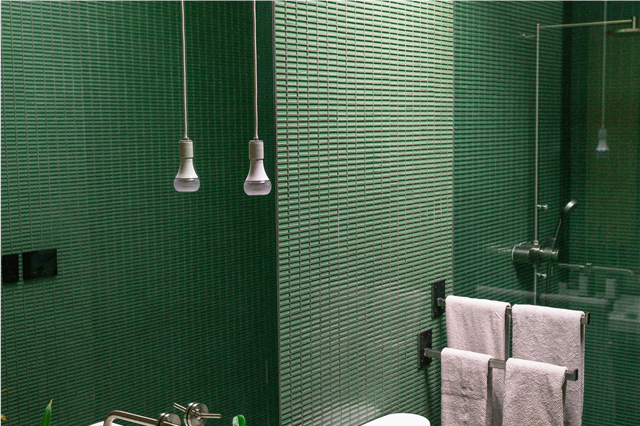
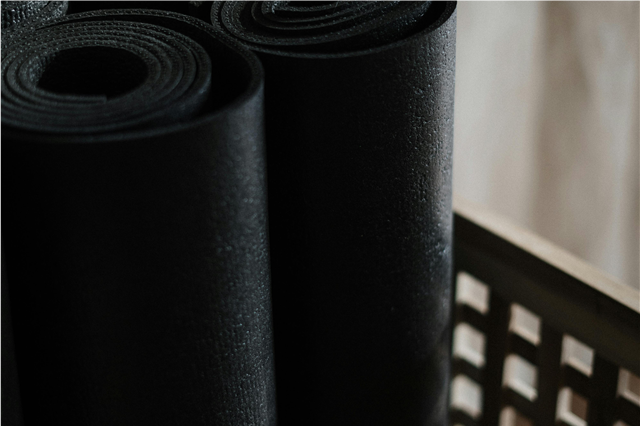
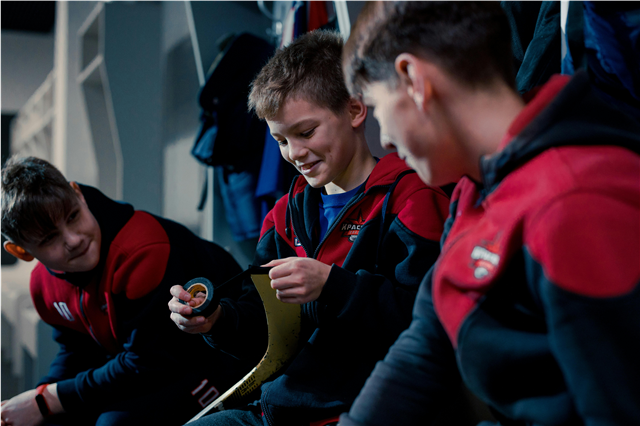
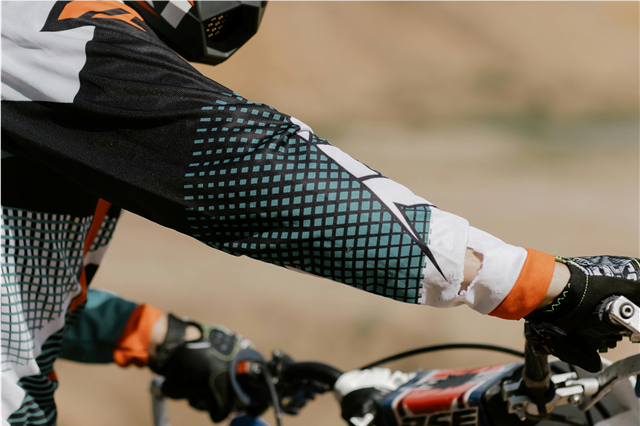
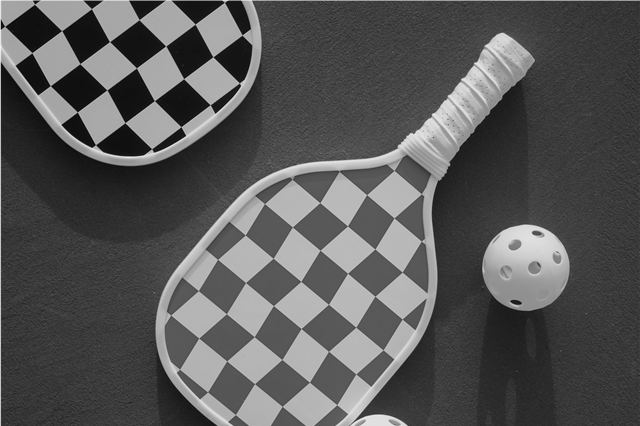
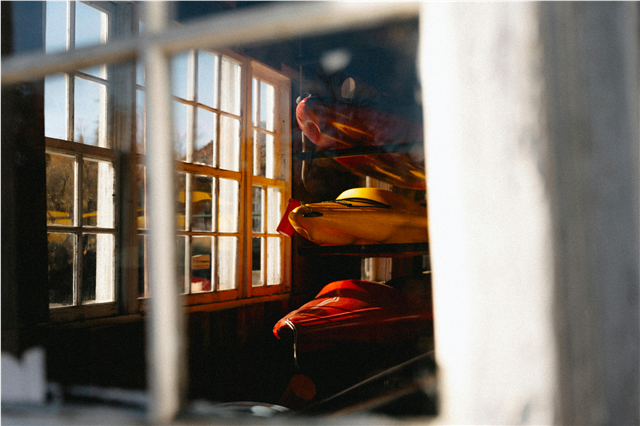
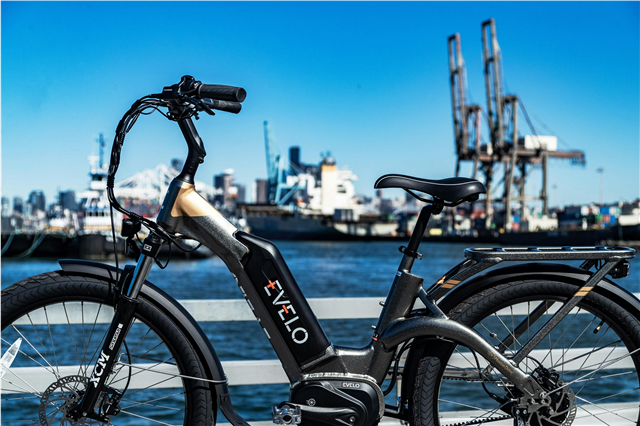







Post Comment